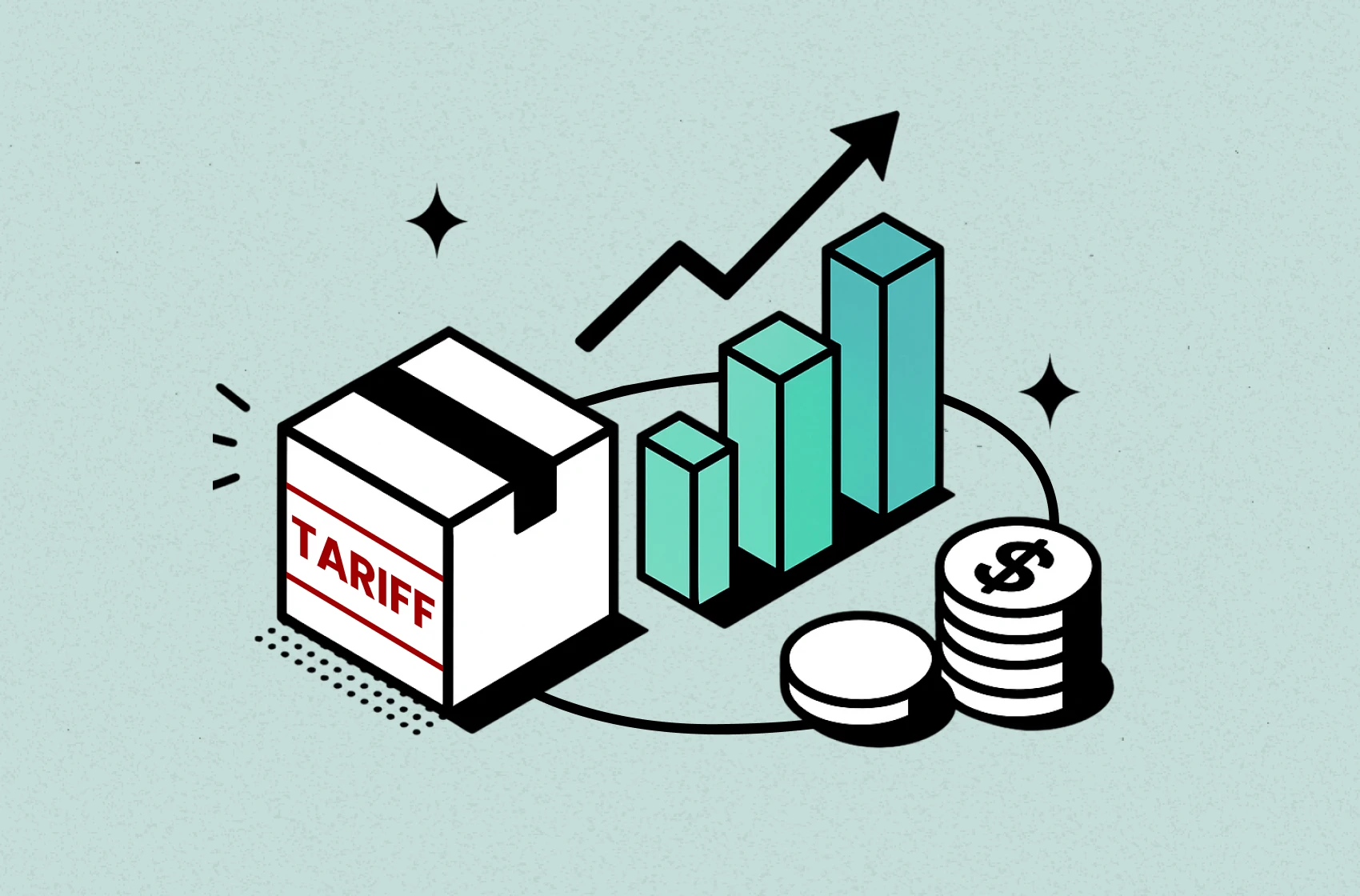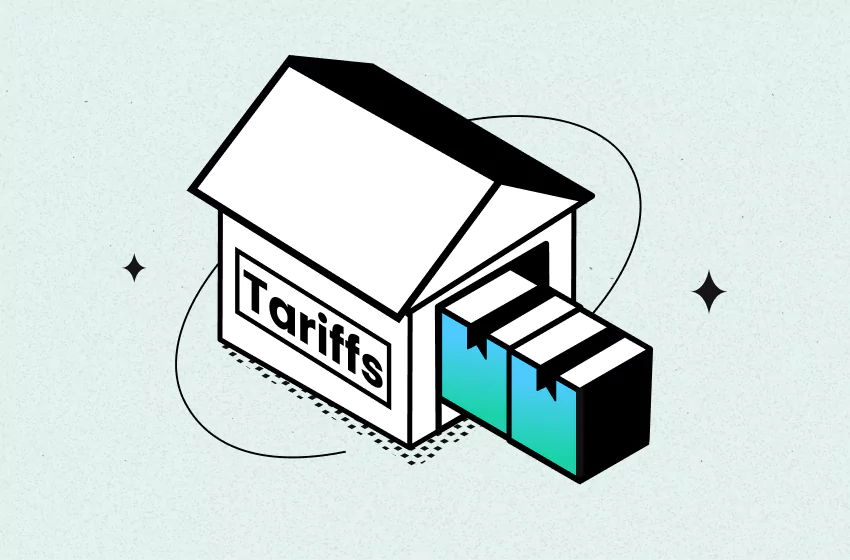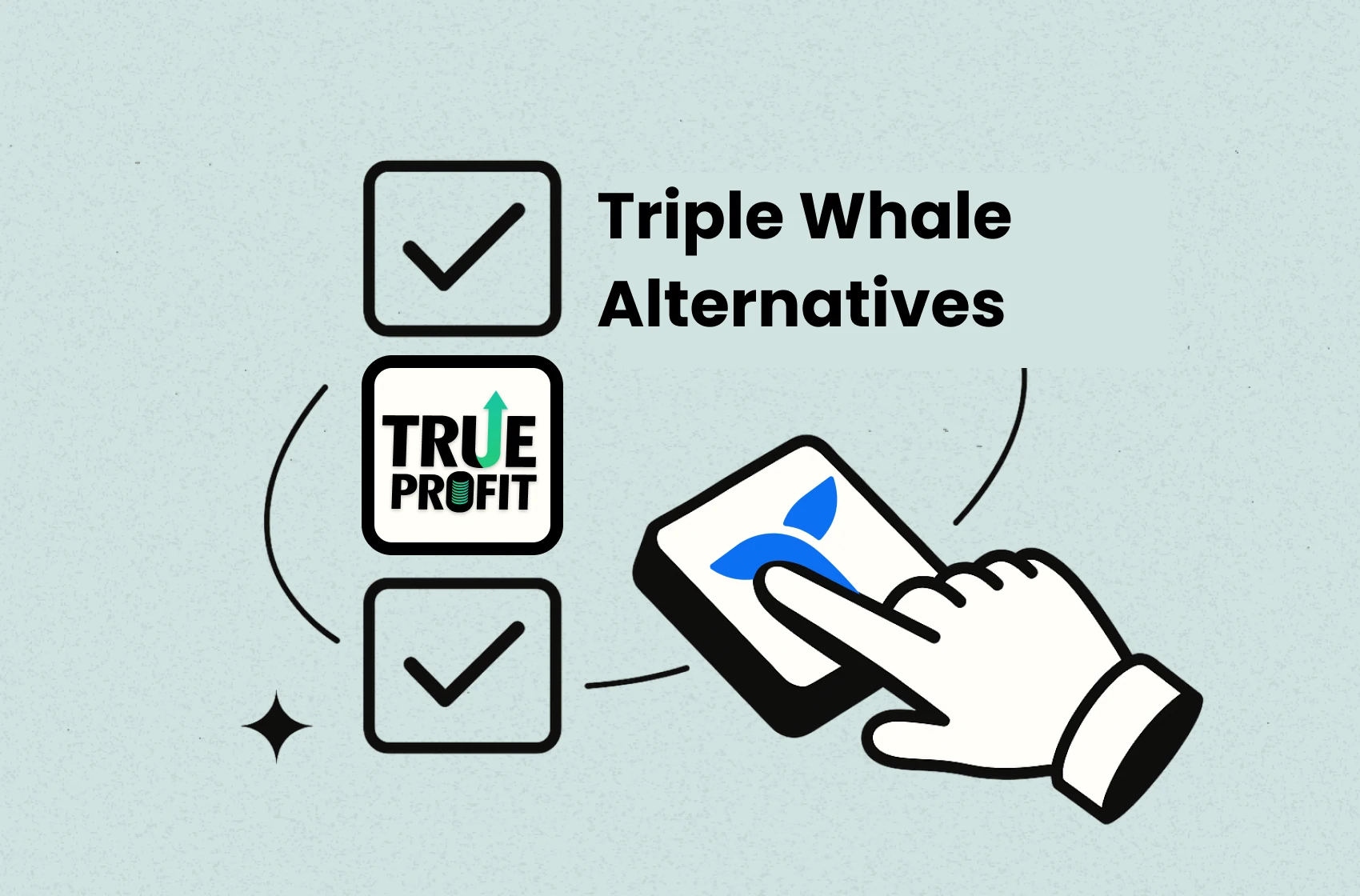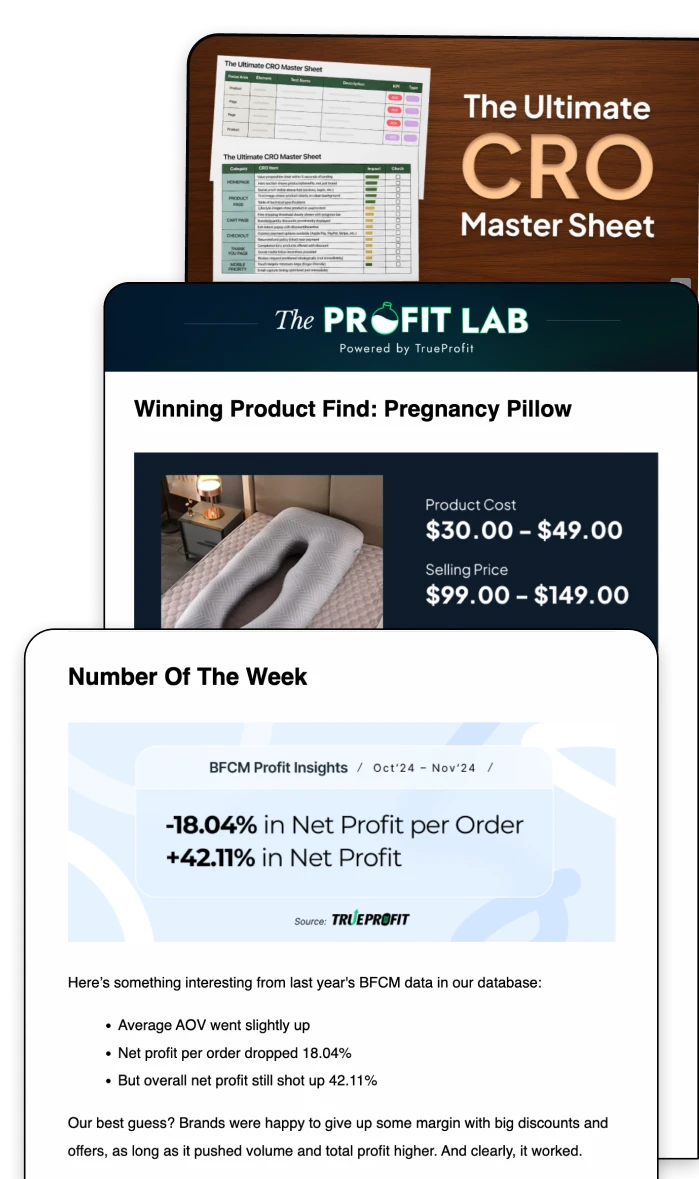How to Calculate Shipping Costs For Online Store?

Whether you're running a small online store or scaling up a larger operation, understanding how to calculate shipping costs is key to staying competitive. In this guide, you’ll learn what affects shipping rates, how to calculate them (with or without a formula), and the best tools to use.
Let’s break it down so you can ship smarter, not harder.
Why Accurate Shipping Costs Matter
Learning how to calculate shipping costs accurately is key to protecting your profit margins and earning customer trust.
- Protect Your Profit Margins: If you underestimate shipping, you risk losing money on every order. For example, if you charge $5 for shipping but it actually costs $9, that $4 loss cuts straight into your profits.
- Improve Conversion Rates: Conversion Rate is one of the most important ecommerce metrics that reveal your store success. However, nearly half of online shoppers abandon their carts because of unexpected costs like shipping. Showing clear, accurate rates upfront reduces friction and keeps customers from leaving.
- Boost Customer Lifetime Value: Accurate shipping costs also improve customer satisfaction. When buyers know exactly what to expect — no surprise fees or delays — they’re more likely to buy again.
9 Key Factors That Affect Shipping Costs
To understand how to calculate shipping costs accurately, you need to factor in several core elements that carriers use to determine pricing. These include package weight, size, delivery distance, speed, and more. Here’s a breakdown to help you estimate your shipping expenses quickly and clearly:
Factor | Why It Matters |
|---|---|
Weight & Dimensions | Heavier or bulkier packages cost more. Carriers often use Dimensional Weight (DIM), which charges based on size if it takes up more space than its weight. |
Destination | Longer distances mean higher costs—especially for international shipping due to customs and added fuel. |
Delivery Speed | Faster shipping (like 1-2 day delivery) requires more resources, which increases the price. |
Shipping Method | Air is the fastest but most expensive. Ground and sea are slower but more budget-friendly. |
Fuel Surcharges | Rates often include fluctuating fuel fees, which are adjusted weekly or monthly based on market prices. |
Surcharges & Fees | Weekend delivery, residential addresses, or remote zones can add extra charges on top of base shipping rates. |
Insurance | Optional but adds cost if you need to protect high-value shipments. |
Supply Chain Disruptions | Seasonal demand, container shortages, or global events (like strikes or pandemics) can drive up shipping rates. |
Accessorial Services | Extra services like liftgate delivery, signature confirmation, or palletizing will increase the total cost. |
Pro tip: Most carriers like UPS, FedEx, and USPS offer shipping calculators that automatically factor in all of these elements. Using one can save you time and give you a precise estimate upfront.
How to Calculate Shipping Costs
Let’s break down three main methods.
Manual Formula to Calculate Shipping Cost
To manually calculate shipping, you’ll typically factor in:
- Package weight and dimensions
- Shipping distance
- Carrier base rate + any surcharges
Formula:
Assume you ship a 2kg package via a carrier that charges $5 per kg, with a $3 handling fee.
In Excel: =2*5 + 3
Result: $13 total shipping cost
This method is useful for small stores or when comparing carriers manually.
Dimensional Weight Formula Explained
Carriers like FedEx, UPS, and DHL use dimensional weight (DIM weight) to price bulky but light packages.
Formula:
Most carriers use a divisor of 139 (for inches).
So, a 20x15x10 inch box:
= (20×15×10) ÷ 139 = ~22 lbs (billed weight)
If the DIM weight is higher than the actual weight, you’re charged for the higher number. This catches many sellers off guard.
Flat Rate vs. Real-Time Carrier Rates
- Flat rate: You charge one shipping fee for all orders, regardless of size or distance. It’s simple, but risky if actual shipping costs vary widely.
- Real-time rates: Rates are pulled directly from carriers like USPS or FedEx at checkout. These are more accurate and reflect the customer’s location, package size, and current fuel surcharges.
Once you’ve calculated your shipping costs, you can use a profit tracker app like TrueProfit to see how they impact your real-time profits — especially when those costs fluctuate due to weight, dimensions, or carrier fees.


Profit tracker app like TrueProfit can automatically factor shipping costs to reveal your true profit insights
Shipping Cost Comparison (Domestic vs. International)
If you're trying to figure out how to calculate shipping costs, comparing rates across carriers is one of the fastest ways to estimate what you'll pay. Below is a sample table comparing USPS, FedEx, and UPS for small and large items shipped within the U.S. and internationally.
Package Type | USPS | FedEx | UPS |
|---|---|---|---|
Small Item (US)6x4x2", 1 lb, NY → CA | ~$5.10 (First-Class) | ~$10.50 (Ground) | ~$9.85 (Ground) |
Large Item (US)20x16x12", 15 lbs, NY → CA | ~$45.60 (Retail Ground) | ~$52.00 (Home Delivery) | ~$49.30 (Ground) |
Small Item (International)6x4x2", 1 lb, NY → UK | ~$21.10 (First-Class Intl) | ~$63.00 (International Economy) | ~$65.00 (Worldwide Saver) |
How to Calculate Shipping Costs FAQs
What is the formula for shipping costs?
The formula for shipping costs is: Shipping Cost = Packaging Cost (P) + Shipping Fee (S) + Handling Fee (H).
This means the total cost includes the price of packing materials, the carrier’s shipping rate, and any labor or service fees for preparing the shipment.
How to calculate shipping costs for small business?
To calculate shipping costs for a small business, start by measuring the package’s weight and dimensions. Then, check shipping rates based on distance and delivery speed.
Carriers often use dimensional weight, so size matters as much as weight. Don’t forget to include packaging, handling fees, and any profit margin you plan to add. Use carrier calculators or apps to get accurate estimates.
How do I calculate shipping costs in Excel?
To calculate shipping costs in Excel, use a formula that adds packaging, shipping, and handling fees. For example: =B2+C2+D2, where B2 is packaging cost, C2 is shipping fee, and D2 is handling fee. You can also use IF or VLOOKUP functions to apply different rates based on weight or destination.
What is the total shipping cost?
The total shipping cost is the full amount a customer pays to have an order delivered. It includes the base shipping rate, handling fees, packaging costs, and any extra charges like insurance or fuel surcharges.
Is shipping cost determined by weight or size?
Shipping cost is determined by both weight and size. For most packages, carriers charge based on actual weight. However, for large, lightweight packages, they use dimensional weight, which considers the package’s size to calculate a higher price. This ensures you pay fairly for the space your package takes up during shipping.
How to calculate transport cost?
To calculate transport cost, multiply fuel efficiency by fuel price and mileage to get fuel expenses. Then, add fixed costs by dividing total fixed costs by the number of vehicles. Finally, sum fuel and fixed costs for the total transport cost.
What is the calculated shipping rule?
A calculated shipping rule automatically adds the weights of items in one package and then deducts a set amount, like 16 ounces, from the total weight. This helps adjust shipping costs based on combined item weights.
How do you calculate CBM in Excel?
To calculate CBM in Excel, multiply the quantity of items by their length, width, and height using a formula like =Quantity * Length * Width * Height. For different-sized items, calculate each volume separately and add them together.
How do you calculate total delivery cost?
To calculate total delivery cost, add packaging cost, transport cost, insurance, returns, and order preparation fees. Also consider storage, handling, customs fees, and your company’s pricing goals.
What is shipping cost in accounting?
In accounting, shipping cost is recorded as a delivery expense when the seller pays for shipping. It is classified as a selling and administrative expense on the income statement for the current period.
How is shipping freight calculated?
Shipping freight is calculated by dividing total transportation costs by the total weight of goods shipped. This gives the freight cost per pound or unit of weight.
Understanding your true shipping costs is critical to your store’s success. But calculating and tracking them manually? That’s time-consuming and prone to errors. With TrueProfit, you can instantly access all your essential metrics in one place - no spreadsheets, no stress. Join thousands of Shopify merchants who have unlocked a clearer view of their net profit with our real-time profit tracking solution.
Leah Tran is a Content Specialist at TrueProfit, where she crafts SEO-driven and data-backed content to help eCommerce merchants understand their true profitability. With a strong background in content writing, research, and editorial content, she focuses on making complex financial and business concepts clear, engaging, and actionable for Shopify merchants.














 Shopify profits
Shopify profits